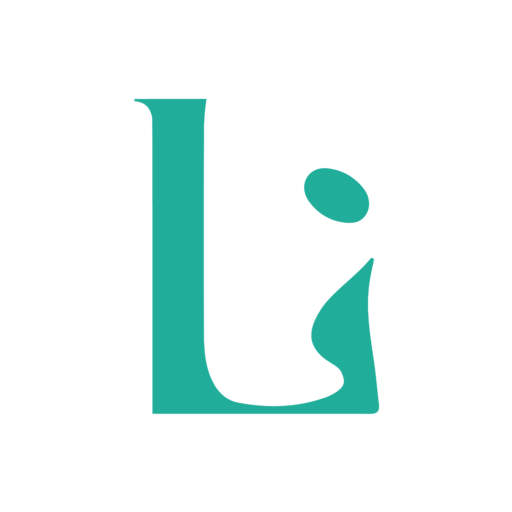Breastfeeding is a valuable experience, but some situations require alternatives to the bottle for feeding baby. Whether it’s to avoid difficulties in returning to the breast, or for practical reasons, there are several effective methods for offering breast milk without using a bottle. Here’s an overview of the different options available.

Why avoid the bottle?
Using alternatives to the bottle can prevent difficulties in returning to the breast. Remember, bottle-feeding is very different from breast-feeding. Alternative containers can be used to feed babies who have difficulty suckling at the breast, or those who are premature, while at the same time educating/re-educating their suckling.
Bottle alternatives
- The lactation aid. The Supplemental Nursing System (SNS) allows baby to suckle at the breast while receiving breast milk or a supplement through a thin tube. This device stimulates milk production by supplementing breast milk. It can also be used with the finger for babies who are unable to feed directly at the breast. This is called finger feeding.
- Needleless syringe The syringe is ideal for newborns or babies who temporarily refuse the breast. It enables small quantities of expressed milk to be fed directly into the baby’s mouth, often in combination with a finger to stimulate sucking.
- Spoon feeding Spoon-feeding is a simple and effective method. Baby can control the amount of milk he swallows, reducing the risk of overfeeding or confusion. It is mainly used to feed colostrum.
- The cup or mug using an open cup allows babies who have difficulty suckling to drink expressed milk. The goblet or cup is placed on the baby’s lower lip, enabling him to lap up the milk (like a little cat drinking water).
- The bottle-spoon (Soft Cup). This device combines the advantages of the spoon and the bottle. Milk is administered by a small spoon attached to a milk reservoir, enabling precise control of the amount of milk ingested by baby.
- The straw. From 3 months. Here‘s a video on how to teach a 3-month-old baby to drink through a straw!
All these methods take no more and no less time than bottle-feeding. They’re just not widely known, and when you don’t know, it’s scary. It’s important to talk about them with breastfeeding professionals who can support you.
How to choose the right container?
The choice of container depends on your baby’s specific needs and the situation. Here are some tips to help you choose:
- Consultation: consult a lactation consultant for personalized recommendations.
- Convenience and comfort: Make sure the container you choose is convenient for you and comfortable for your baby.
Conclusion
Bottle alternatives offer many possibilities for continuing to feed baby with breast milk while avoiding the complications associated with bottle feeding. Depending on your baby’s needs and preferences, you can choose from a variety of methods, such as DAL, syringe, spoon or cup. To make the right choice and feel comfortable, consult a lactation consultant to find the best solution for you and your baby.
By adopting these alternatives, you can maintain a healthy breast-milk diet that respects your baby’s oro-myofascial functions (sucking), while ensuring a smooth and successful transition when he’s being looked after by others.



